More than just a domain: How to effectively protect your web address
A domain is more than just a web address - it represents your company and brand in the digital world. Precisely because it is a central component of your public image, it is often the target of cyber-attacks and security risks. Protecting your domain should be an integral part of your IT security strategy. In this article, we will outline important steps you can take to best protect your domain.
SSL/TLS Certificates and HTTPS - The foundation for secure communications
An SSL/TLS certificate ensures that the connection between the server and the client is encrypted. This protects the data exchange between your users and your website from unauthorized access. You can recognize websites with a valid certificate by the "https" in the address bar. If the "s" is missing and the address starts with "http," the connection is not secure. Setting up an SSL/TLS certificate is not only a technical necessity, but it also builds trust with your visitors - an absolute must for any reputable website.
DNSSEC - Domain-level protection
The Domain Name System (DNS) works like a digital phone book: it translates domain names into IP addresses. DNSSEC (Domain Name System Security Extensions) introduces an additional layer of protection for the DNS, guaranteeing the integrity and authenticity of the data transmitted. Our domains at reg.de support DNSSEC so that your data is transferred securely and protected against manipulation.
Strong passwords and custom credentials
Easy-to-guess passwords such as "123456" or "password" pose a significant risk. Ensure that all authorized users of your IT infrastructure use strong, unique passwords that are updated regularly. A password manager can help you create strong passwords and store them in encrypted form.
In addition, do not use standard user names such as "Admin" or "Administrator. Creative and hard-to-guess usernames greatly increase security.
Regular backups - your protection in case of an emergency
Even with the best security measures, there is no 100% protection against cyber attacks. To prevent data loss, you should perform regular backups of your website and domain data. Make sure that your backup routines are working reliably and that your data is fully backed up.
In the event of an attack, having an up-to-date backup can mean the difference between a minimal outage and serious data loss.
Penetration testing - uncover security vulnerabilities
For a detailed analysis of the security of your domain and systems, you can have IT security experts conduct penetration tests. These tests simulate attacks to uncover vulnerabilities before they can be exploited by attackers.
Penetration testing can be a useful addition to your security strategy, especially for organizations with sensitive data or heightened security requirements.
Data protection and WHOIS Privacy - Your data, your control
When you register a domain, your personal information is submitted to the WHOIS database and becomes publicly available. This can jeopardize your privacy.
With our free WHOIS privacy protection, your data remains anonymous. We provide general contact information instead of your personal information, so your privacy is protected and you can still be reached.






